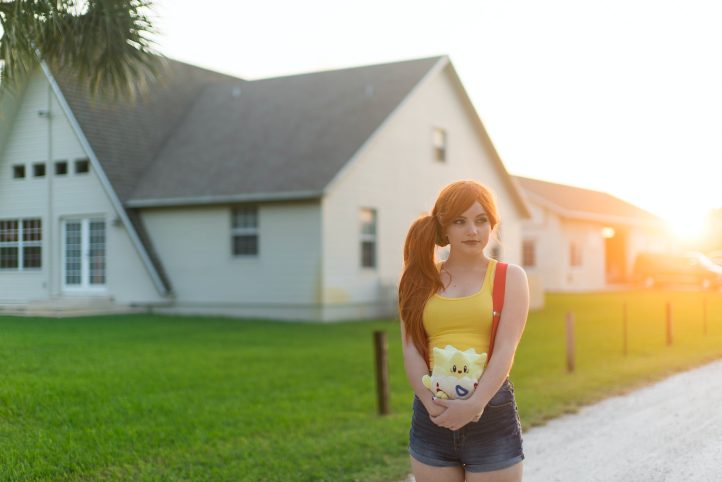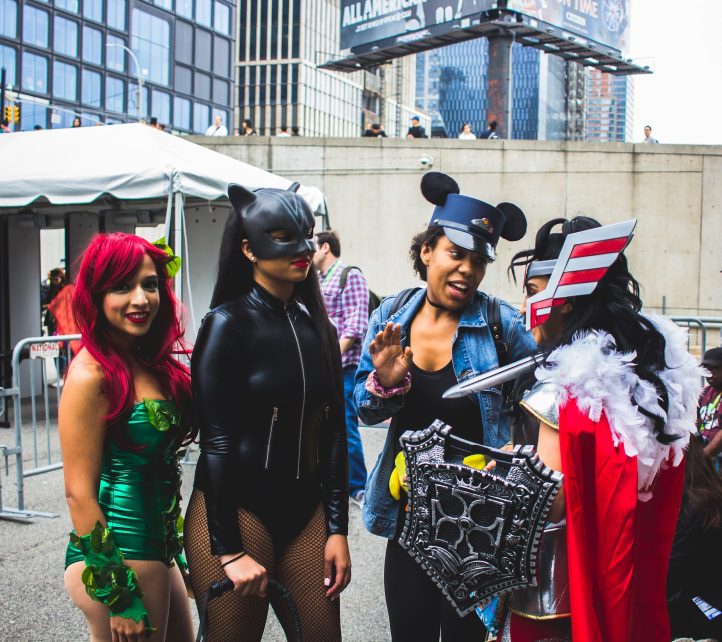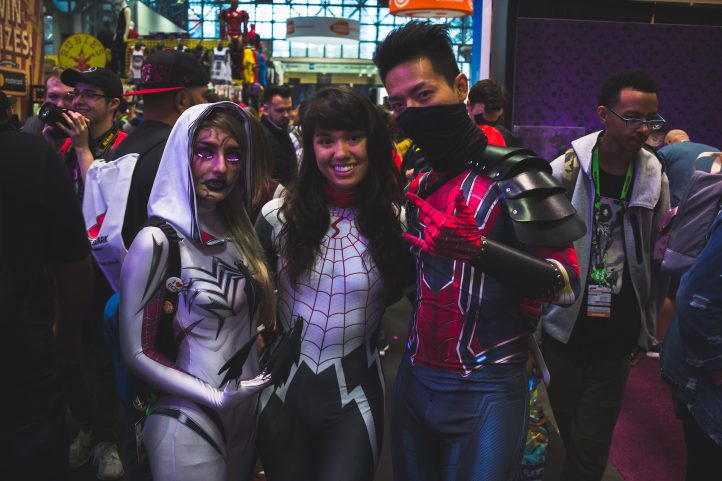
If you’ve ever seen someone riding the city bus and thought to yourself, “Wow, what a great Halloween costume!” before realizing it’s April, you may have spotted someone taking part in what’s known as cosplay. Although cosplay isn’t exactly a secret of fan culture, it’s possible that this phenomenon may have slipped past your radar. Now, you can learn all about why people dress up in costumes, and why the idea of cosplay being a “trend” is actually misleading.
What Is Cosplay?

Cosplay is more than a trend, it’s an art form. It’s a way to become another character, also known as role playing, while using your talents to create a costume that’s detailed, striking and a real-world example of popular characters from anime, television shows, video games and almost any other media you can think of. Cosplay is also celebrated throughout annual conventions across the world. One of the larger ones being in the United States: the San Diego Comic Con, which boasts more than 130,000 attendees according to their website. The key to cosplay, as opposed to a regular old Halloween costumes, is true dedication to the art of creating the costume and, more importantly, a dedication to the character being portrayed. It’s not enough to just look like the character — the goal is to become them through accurate costume details, speaking like the character or striking their familiar poses. These costumes often take hours to make, cost hundreds of dollars in materials to get the right look and typically require advanced sewing skills to complete.
Although love and respect for the character being cosplayed is always significant, the amount of time and money cosplayers spend on their costumes can vary widely. The goal of cosplay is always accuracy, but its wide range of price points, skill levels and characters to impersonate make cosplay a very inclusive hobby and community. But how did this all start? Let’s dive into the history.
History of Cosplay
Cosplay was developed both in isolation and in tandem between America and Japan. While it’s difficult to pinpoint the exact start of cosplay, the BBC article, “What is cosplay, and why do people love it?,” credits its conception to Myrtle R. Jones and boyfriend Forrest J. Ackerman at New York’s first WorldCon (a science fiction convention) in 1939, with more modern versions of the art form becoming increasingly popular in the ’70s. However, it wasn’t until the ’80s that cosplay actually got it’s name from film producer, Nobuyuki Takahashi. He took note of this phenomenon he’d seen in America and described it as a portmanteau of the English words “costume” and “play.” And just like that, this popular trend had its name: cosplay was born!
These days, cosplay is a beloved activity of people across the globe. With the help of the internet, even someone who doesn’t know a single other cosplayer in person can connect with fellow fans and friends worldwide. This internet-caused increase in popularity may have made cosplaying more widely known, but to call it a “trend” is a mistake, given its history dating back almost a hundred years ago and the fact that cosplay is unlikely to lose steam or cultural relevance anytime in the near future.
But Why Do People Cosplay?

Cosplay is an expression of love for a specific character, but it’s not limited to just that. Cosplayers often demonstrate their love not just of one character, but to an entire show, book, movie or anime. The effort of purchasing and assembling the costumes is worth the feeling of getting to be their favorite character for a while, as well as the ability to show off their hard work to other fans, usually to generous compliments.
Cosplaying can also be a lucrative career, for those dedicated and good enough to garner attention from sponsors or employers. And if they aren’t able to make a whole career out of it, there are still esteemed cosplay competitions where cosplayers compete for awards like best costume. At its core, cosplay creates a sense of belonging to something fun and creative.
Ready to Hop on Board?
If the idea of dressing up like your favorite Star Wars character sounds like a blast, you’re in luck. Cosplay is inclusive at many price points and crafting skill levels, so there’s nothing stopping you from heading to your local thrift store to try and find the perfect coat for the musical Heathers or knitting a DIY version of Tom Baker’s Fourth Doctor scarf.
The cosplay community has a huge online presence, whether you’re looking for costume pieces or just want to check out what other people are doing. Head to cosplay.com to find examples of cosplay or click through sites made specifically for cosplay shopping, such as miccostumes.com.
But if the idea of dressing up isn’t your thing (but you love to sew your own designs), there’s still ways to get involved. Making cosplay costumes can be a lucrative side business or even career. Even selling your handemade patterns (versus a finished customized costume) provides ways for sewists to earn income. Just a quick search of Etsy.com shows finished costumes going for several hundred — sometimes thousands — of dollars. So if opening an Etsy shop doesn’t sound too hard and you don’t mind spending a couple of minutes looking for costume pieces that are in demand, you could make your sewing skills work for you.
So tell us, would you get involved with Cosplay?
